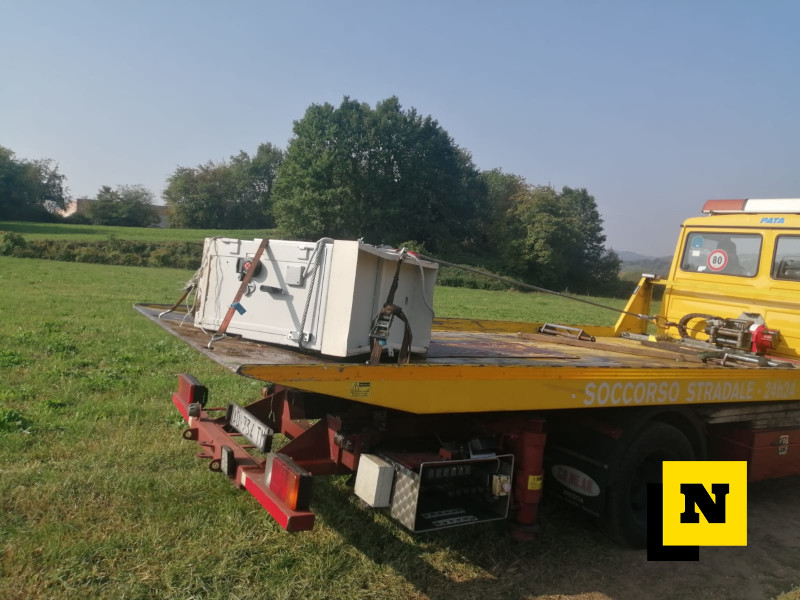

Trigger is the starting point of a workflow. If you are new to webMethods.io Integration, get more help on creating first workflow. Add Google Translator connector and Send an Email action on canvas and connect them. To do so, navigate to the project and create a blank workflow. To define a new trigger, you need to create a new workflow. Let’s look at the steps involved in setting up this trigger. For this workflow, you will need to set up the trigger Wunderlist - Task Created. Let’s say you want to create a workflow such that when a new to-do item is created in Wunderlist, translate the title text to Spanish, and send the translated text to my email address. Note: Apart from this, webMethods.io Integration provides Listeners feature which automatically runs the specified FlowService whenever a subscribed event occurs in a supported external application or service. Here is a list of (webhook) triggers that fire off the workflow as soon as the specified event occurs: This kind of triggers is called a webhook trigger. It sends data to webMethods.io Integration in real-time, which enables your workflow to run as soon as the specified event occurs in an external app or service. The other type of trigger, on the other hand, keeps checking for updates continuously.

All the polling triggers are marked with Clock sign in the triggers list. Polling triggers may not send data to webMethods.io Integration in real time. This type of trigger is known as polling trigger. Some check for changes periodically, at regular intervals (for example, every 5 minutes). However, not all triggers keep constantly checking for updates or changes in these external services. Let’s look at the steps involved in setting up this trigger.Ī trigger fires off a workflow when an event happens in an external app or service. As soon as a new to-do item is created, it will extract the title text, convert it to Spanish, and send the translated text to the specified email ID. webMethods.io Integration will keep checking your Wunderlist account for any update. In this workflow, When a new to-do item is created in Wunderlist is the trigger. Let’s say your workflow is When a new to-do item is created in Wunderlist, translate the title text to Spanish, and send the translated text to my email address.
WEBMETHODS BPM TUTORIAL PDF HOW TO
Let’s look at an example to understand how triggers work, and how to set them up. By defining this, you are informing webMethods.io Integration to run the workflow automatically whenever a particular event happens in Service A. Here, the first part, that is, When an event occurs in Service A is a trigger. This enables you to automate a complex business process without having to manually run the workflow every time.Įarlier, we learned that creating a workflow is like defining the conditions of your requirement- When an event occurs in Service A, do something in Service B, and (optionally) pass on the data to Service C, Service D, and Service E. Trigger is a powerful tool that automatically launches a workflow when a defined event happens.

Know the types of triggers, how they work, and how to configure them, and learn how to add and delete triggers from workflows or webMethods.io Integration. Start setting up triggers to fire-off workflows on specific events.


 0 kommentar(er)
0 kommentar(er)
